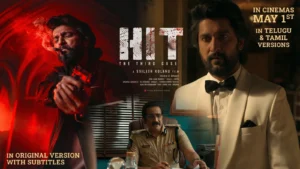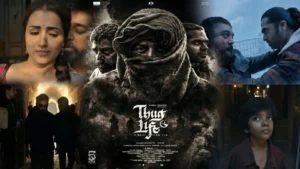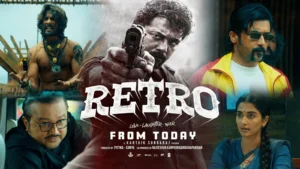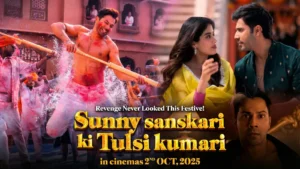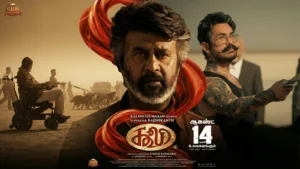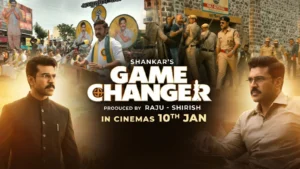Shah Rukh Khan’s son Aryan Khan enters the entertainment industry with his first web series, “The Ba***ds of Bollywood,” and the scale of attention the project has received is unlike anything typical for a debutant. In a landscape where star kids often step forward as actors, Aryan Khan takes a markedly different route, choosing to debut as a creator and director rather than stepping in front of the camera. Even before its release, conversations about the series were coloured by speculation, anticipation, and preconceived notions about nepotism. The preconceived weight attached to his surname and the controversies associated with him in recent years have added layers of expectation and judgement that most newcomers never face.
The surprising element is how this expectation aligns – or does not align – with the show he has delivered. While Aryan Khan does not arrive with a masterpiece, nor does he attempt to create an auteur-level beginning comparable to filmmakers like Rajamouli or Hirani, he presents something that stands out for its boldness, energy, and confident irreverence. What makes the viewing experience hard to categorise is the unique balance of intentional absurdity, exaggerated storytelling, playful chaos, and unapologetic humour that shapes every episode. It leaves the impression that the creator fully understands the limitations of his medium, the polarised audience he is catering to, and the narrative expectations that viewers often associate with star-kid-led projects.
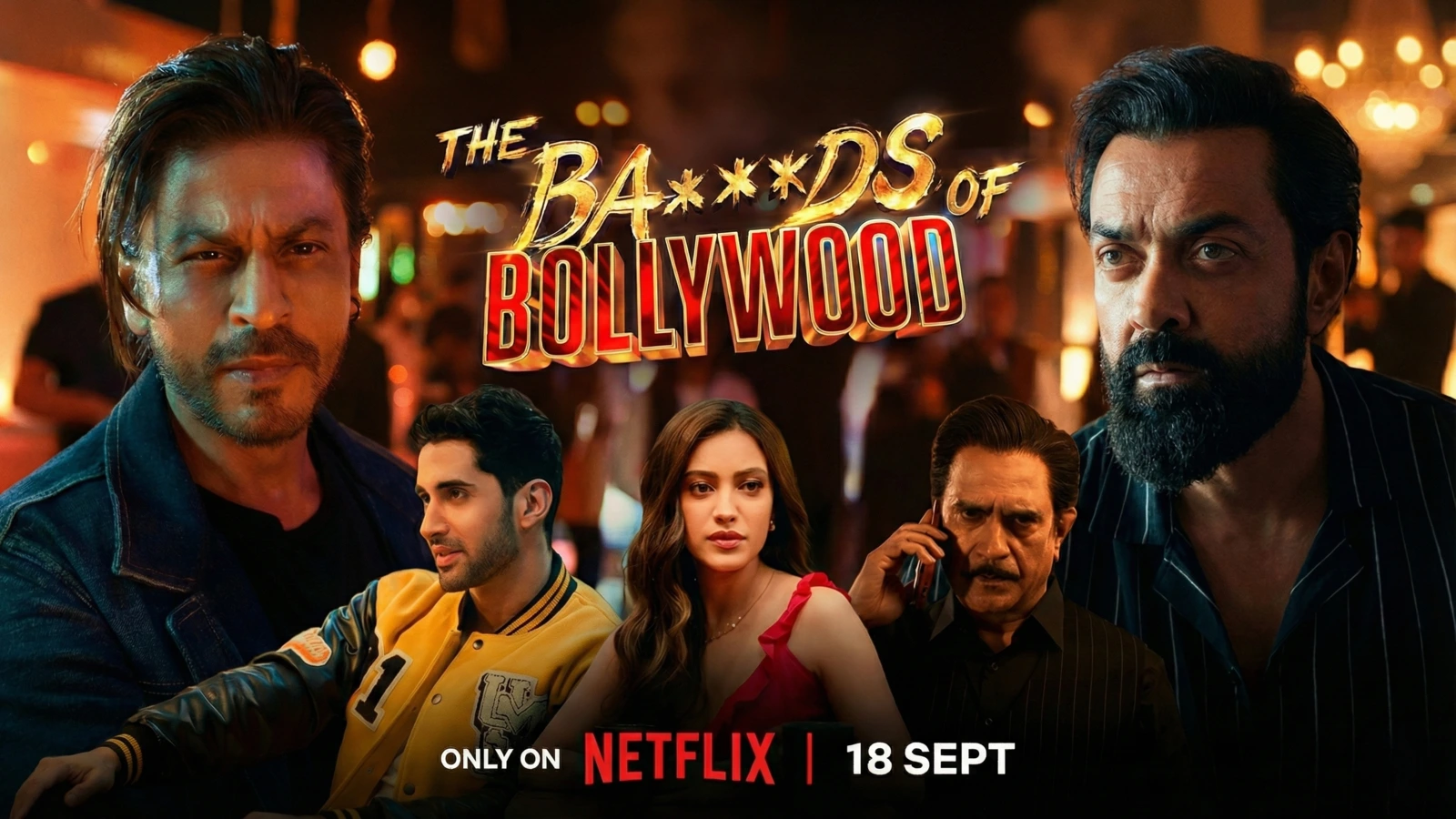
A Brain-Rot Format That Refuses to Apologise
Understanding “The Ba***ds of Bollywood” requires clarity on its fundamental storytelling approach. The web series does not pretend to belong to the elevated sphere of satire in the traditional sense. While satire contains layers of class, structure, and critique, the show aligns more strongly with what can be termed as “brain-rot” entertainment. This is a creative space where the makers intentionally construct sequences that defy logic, ignore realism, push dramatic exaggerations to their limits, and embrace randomness for the sake of fun.
Brain-rot is not a genre meant for viewers seeking sophistication or neatly tied-up narrative arcs. It is meant for those who can decode the chaotic, self-aware, over-the-top nature of the content. Aryan Khan’s project seems to revel in this territory. Everything – from jarring transitions to absurd gags, from narrative jumps to surreal humour – feels deliberately rooted in the idea that entertainment can, at times, thrive on disorder. The series does not hide behind excuses, nor does it attempt to elevate itself beyond its intentions. Instead, it leans into the chaos, playing freely with filmmaking conventions and mocking the industry it portrays.
This intention becomes clear when the show almost admits its own absurdity directly to the audience. In one moment, the series ends an episode with the main character staring blankly at the camera, followed by a “32 – black screen – written and directed by Aryan Khan” card. Turning oneself into a punchline requires confidence and self-awareness, and this particular artistic choice encapsulates the spirit of the entire show. Humor does not arise from judgement; it emerges from participation in the joke.

- A Brain-Rot Format That Refuses to Apologise
- Performances that Define the Tone: Manoj Pahwa and Raghav Juyal Lead the Charge
- The Cameo Storm: Chaos Played for Comedic Impact
- Exploring Nepotism, Industry Politics, and Bollywood’s Uncomfortable Realities
- Technical Strengths and Setbacks: Production Choices That Shape Perception
- Humour and Self-Awareness as Narrative Driving Forces
- A Love Story That Lacks Conviction
- The Climax: A Twist Designed to Polarise
- Final Assessment: A Show That Thrives on Intentional Chaos
- Related Movie Reviews
- Rate this movie
Performances that Define the Tone: Manoj Pahwa and Raghav Juyal Lead the Charge
Among the biggest strengths of the web series lies in the sheer magnetic presence of Manoj Pahwa and Raghav Juyal. Their performances anchor the show with an effortless mixture of natural humour, improvisation-style delivery, and organic camaraderie.
Manoj Pahwa dominates every frame with an enviable command over comic timing. His scenes – whether rebuking a nurse in a hospital or sharing a one-hour-long sequence with Badshah – carry an overwhelming authenticity that perfectly complements the series’ tone. His ability to deliver harsh lines or blatant insults with a syrup-like smoothness turns even the most abrasive dialogues into comedic gold.
Raghav Juyal, playing the protagonist’s friend, is not confined to the standard sidekick trope often seen in mainstream Bollywood films. Instead, he receives significant screen time, thoughtful character development, and a storyline that allows him to breathe as a performer. His exchanges with Manoj Pahwa form the comedic nucleus of the show, and his gags – especially a highlight moment in episode three – demonstrate an excellent understanding of controlled exaggeration.
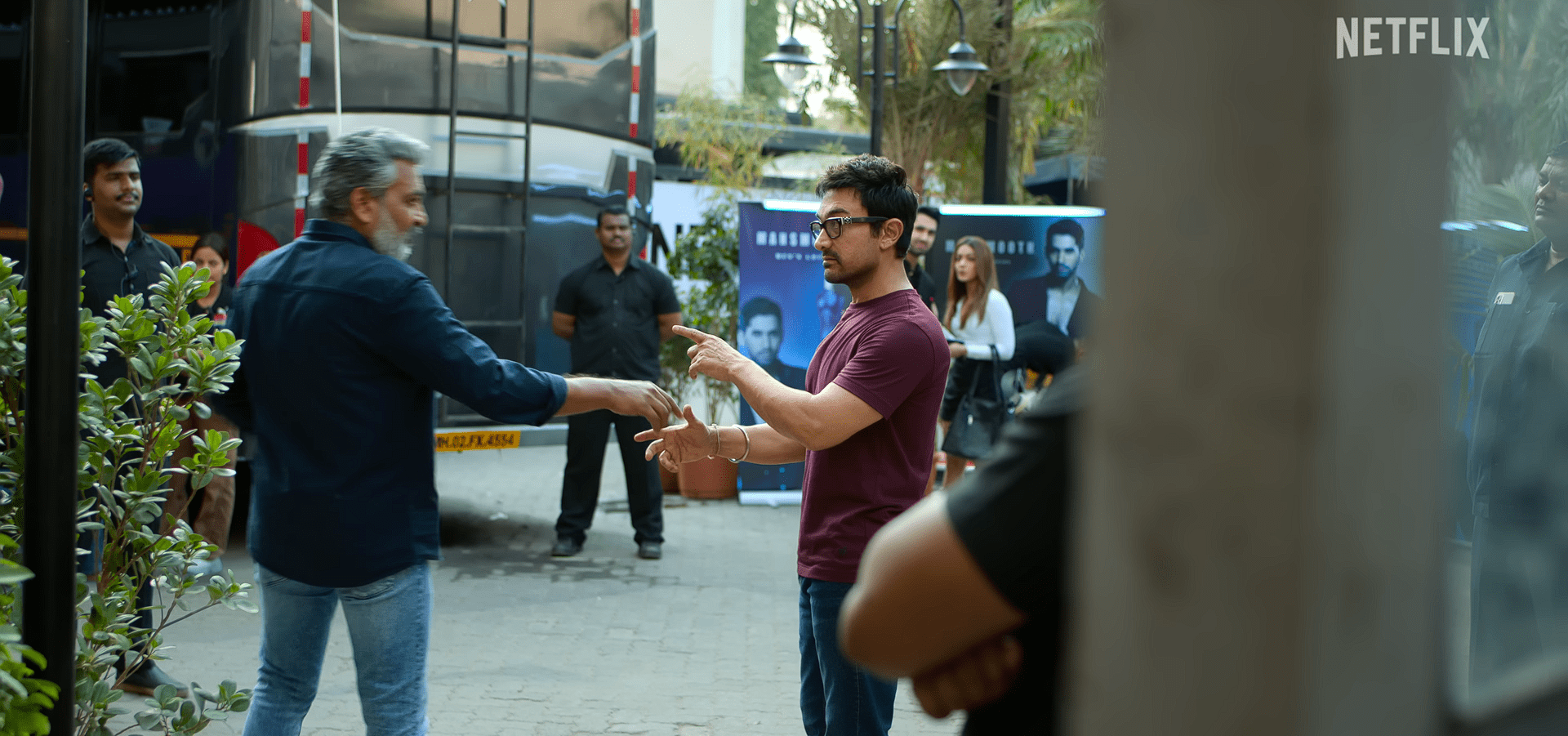
The chemistry between these two actors is not only entertaining but also essential. Their dynamic often overshadows the main narrative and becomes the biggest reason why the show remains engaging throughout. Even the heavy use of explicit language feels naturally integrated into their interactions, giving the dialogues a rough-edged fluidity that suits the world-built onscreen.
The Cameo Storm: Chaos Played for Comedic Impact
One of the most-discussed features of “The Ba***ds of Bollywood” is its extensive roster of cameos. The series weaves in appearances from across Bollywood – and sometimes far beyond it – with an unapologetically erratic sense of placement.
Some cameos work beautifully, offering unexpectedly sharp payoffs or adding humour to crucial sequences. Others feel intentionally forced, as though the show is mocking the industry tendency to insert celebrity appearances merely for hype. Aryan Khan seems completely aware of how illogical these cameos appear and uses this awareness to heighten the comedy. Scenes where Rajamouli and Aamir Khan casually walk by on the street feel deliberately senseless, contributing to the “khichdi” nature of the web series.

Interestingly, a cameo introduced as a light gag in the first episode grows into a full-fledged character as the show progresses. This unpredictability is central to the viewing experience. The audience is never certain whether a cameo is a meaningless appearance, a punchline, or the beginning of a longer subplot. This keeps the narrative landscape lively and unpredictable, even if chaotic.
Exploring Nepotism, Industry Politics, and Bollywood’s Uncomfortable Realities
Nepotism remains an unavoidable subtext in the marketing, reception, and conversation around the series. The creator’s identity fuels curiosity, admiration, criticism, and in many cases, outright hostility. The constant public interest in celebrity children, combined with the scandal involving Aryan Khan in recent years, has shaped a narrative that many viewers carry with them as they start the show.
The series reflects Bollywood’s often-unspoken truths through exaggerated yet recognisable depictions of industry politics, power dynamics, and the behaviour of paparazzi. These depictions strike a delicate balance between parody and reflection, presenting a world that appears unreal but still echoes reality closely enough to sting. The show uses mockery as a tool to highlight the superficiality, opportunism, and theatrics that dominate celebrity culture. With paparazzi behaving like cockroaches, buzzing around for attention and existence, the show reveals a harsh but honest view of the entertainment ecosystem.

Even the protagonist’s journey – a Delhi boy aspiring to become a superstar – mirrors countless real-life aspirations in Mumbai’s cinematic labyrinth, though portrayed with exaggeration and satire-like flair. The poor-house setup, though visually unconvincing in terms of Mumbai’s real estate reality, may be interpreted as intentional commentary on Bollywood’s artificial representation of lower-income households. The oversized, dilapidated house that inexplicably accommodates five people is a visual trope that Bollywood itself has normalized, making its presence in this series both a flaw and a form of industry parody.
Technical Strengths and Setbacks: Production Choices That Shape Perception
The production design, while sometimes questionable, plays into the thematic core of the series. The house where the characters reside appears too spacious and theatrical for a struggling Mumbai lifestyle, with old paint, peeling plaster, and dim lighting that resembles a brothel setting more than a middle-class residence. This inconsistency initially appears to be a flaw, particularly in comparison to realistic storytelling norms. However, when viewed through the lens of the show’s self-aware tone, the exaggerated set design seems aligned with the creative approach that embraces absurdity.
That said, not every technical flaw can be justified through thematic choices. Certain VFX sequences, particularly those in the later episodes, fall short of acceptable quality, especially during scenes with emotional or narrative weight. When the storytelling becomes serious, the expectation shifts toward technical competence, making such lapses more noticeable and less forgivable.
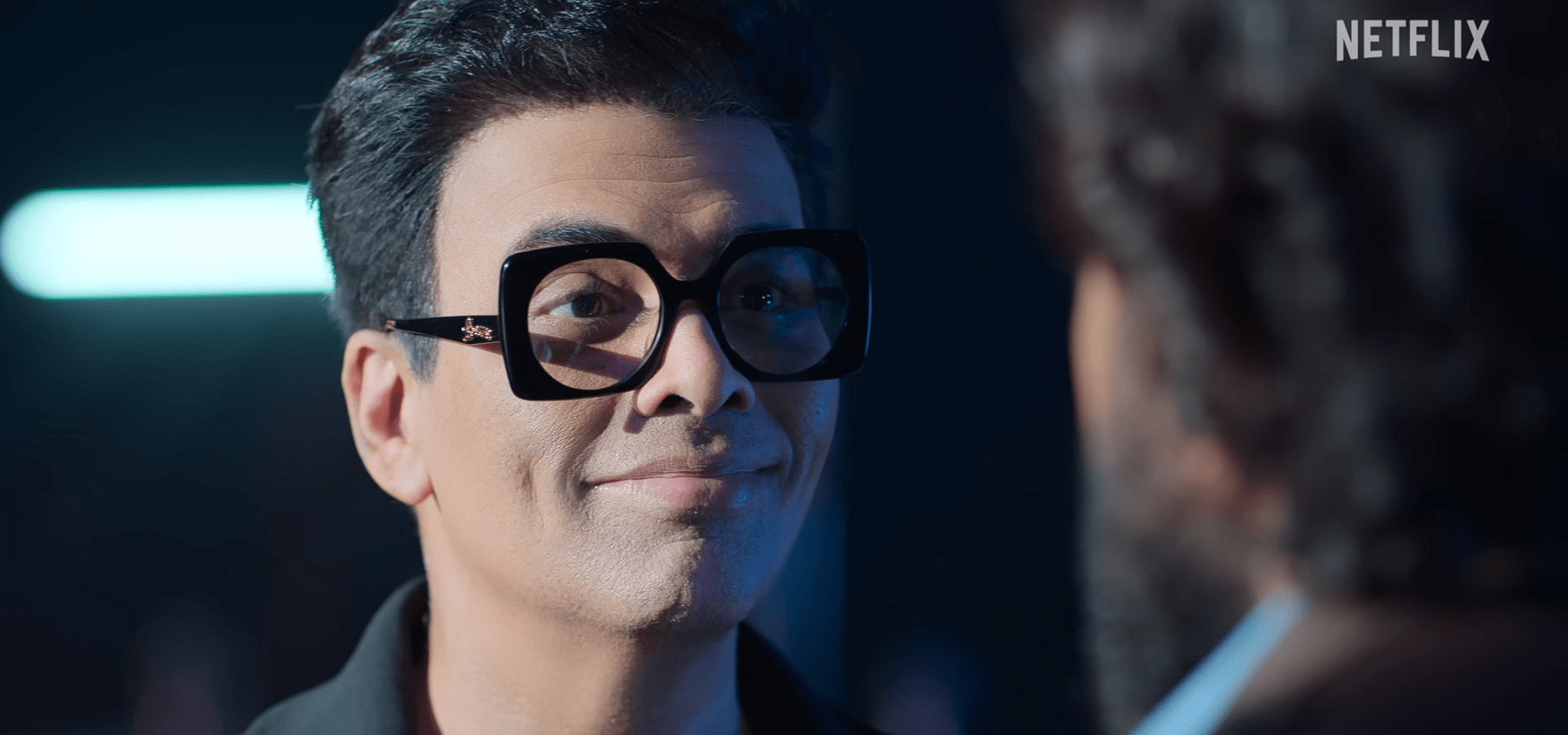
Another significant drawback is the ADR and dubbing quality. Lip-sync mismatches occur frequently, sometimes within the same sentence. This disrupts immersion and draws attention to technical shortcomings that should ideally remain invisible in a polished production. For a high-profile debut with substantial attention and resources, better post-production audio work should have been prioritised.
Humour and Self-Awareness as Narrative Driving Forces
The show’s sense of humour stands proudly on its ability to not take itself seriously. With jokes that often trend toward offensive, unexpected, or politically incorrect territory, “The Ba***ds of Bollywood” commits boldly to comedic irreverence. The writing does not hesitate to mock body types, throw in elephant sound effects after a questionable line, or allow characters to utter phrases that mainstream productions might avoid for fear of backlash.
Karan Johar’s recurring involvement exemplifies this no-holds-barred approach. More than a cameo, he appears in almost every second or third episode, delivering lines loaded with expletives. His presence, tone, and exaggerated persona add another layer to the series, elevating its meta-narrative about Bollywood itself becoming a character within the show.
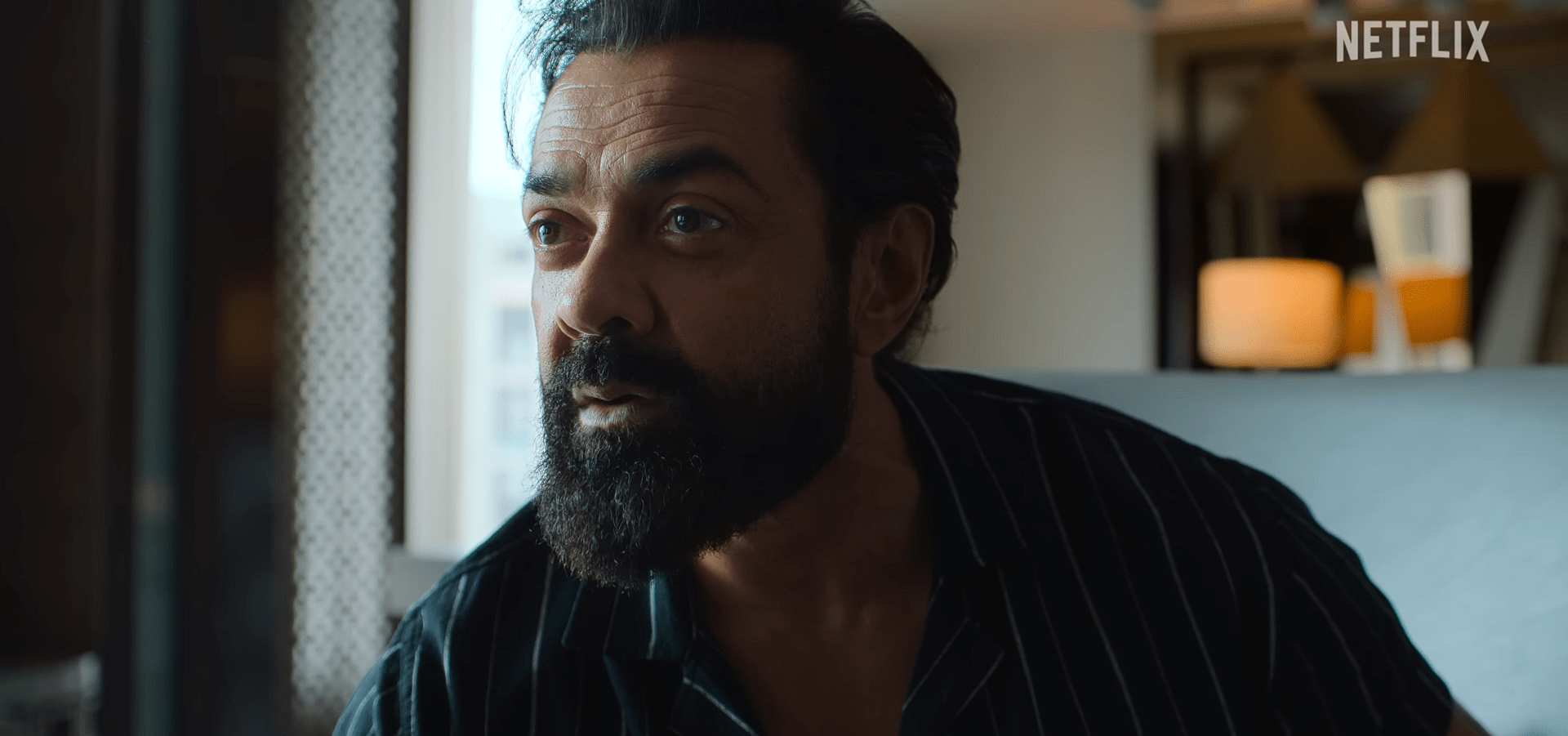
The humour thrives on unpredictability. Scenes where revolvers are held backwards and fired reflect a commitment to absurdity that only works when the viewer accepts the brain-rot framework. For those attuned to this style, the show becomes a refreshing break from formulaic narrative structures. For others, the randomness may feel like unnecessary chaos.
A Love Story That Lacks Conviction
While humour thrives in the series, the romantic arc does not achieve the same effect. When the show shifts toward a more serious tone, particularly in the love-story portions, the writing loses its sharpness. The emotional beats lack the freshness found in the comedic segments and instead rely on familiar, somewhat predictable tropes.
Episodes five and six, where the narrative shifts direction and starts weaving in a more conventional emotional trajectory, raise questions about narrative cohesion. Viewers may find themselves pausing to reflect on where the story is heading and how far it has strayed from its starting point. The disconnection is noticeable, making the love-story portion one of the weaker aspects of the series.
The Climax: A Twist Designed to Polarise
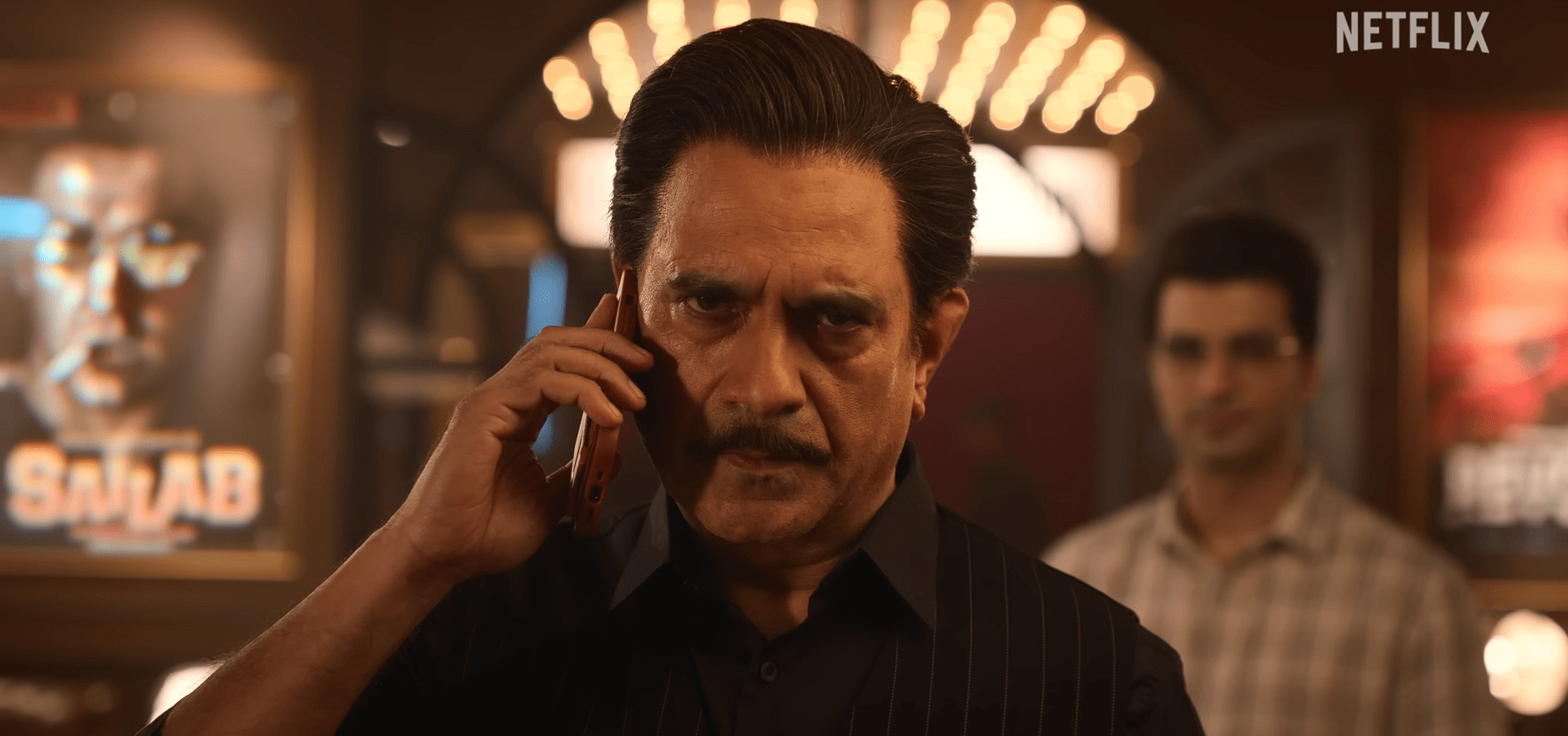
The climax will likely generate the strongest divide among viewers. The concluding twist arrives abruptly, feeling almost as if it were conceived spontaneously – like a friend pitching a random plot idea during a casual conversation. The suddenness and randomness of the reveal may leave some viewers bewildered, but others may appreciate the show’s willingness to double down on its chaotic, irreverent nature.
Because the show never pretends to be grounded in realism or structured storytelling, this unpredictable twist feels consistent with the spirit of the narrative. For viewers already immersed in the chaotic rhythm of the series, the climax becomes a natural extension of its tone.
Final Assessment: A Show That Thrives on Intentional Chaos
Despite its many imperfections, “The Ba***ds of Bollywood” manages to evoke emotions – whether positive or negative – which is more than can be said for several formulaic productions driven by nepotism or excessive budgets. Aryan Khan’s debut is far from flawless, but it is unapologetically bold, self-aware, humorous, chaotic, and willing to experiment.
For audiences prepared for brain-rot entertainment – with exaggerated humour, intentionally nonsensical writing, and high doses of industry mockery – the show offers an unexpectedly enjoyable experience. The performances by Manoj Pahwa and Raghav Juyal alone justify the viewing, while the cameos, meta-moments, and self-referential jokes keep the tone lively.
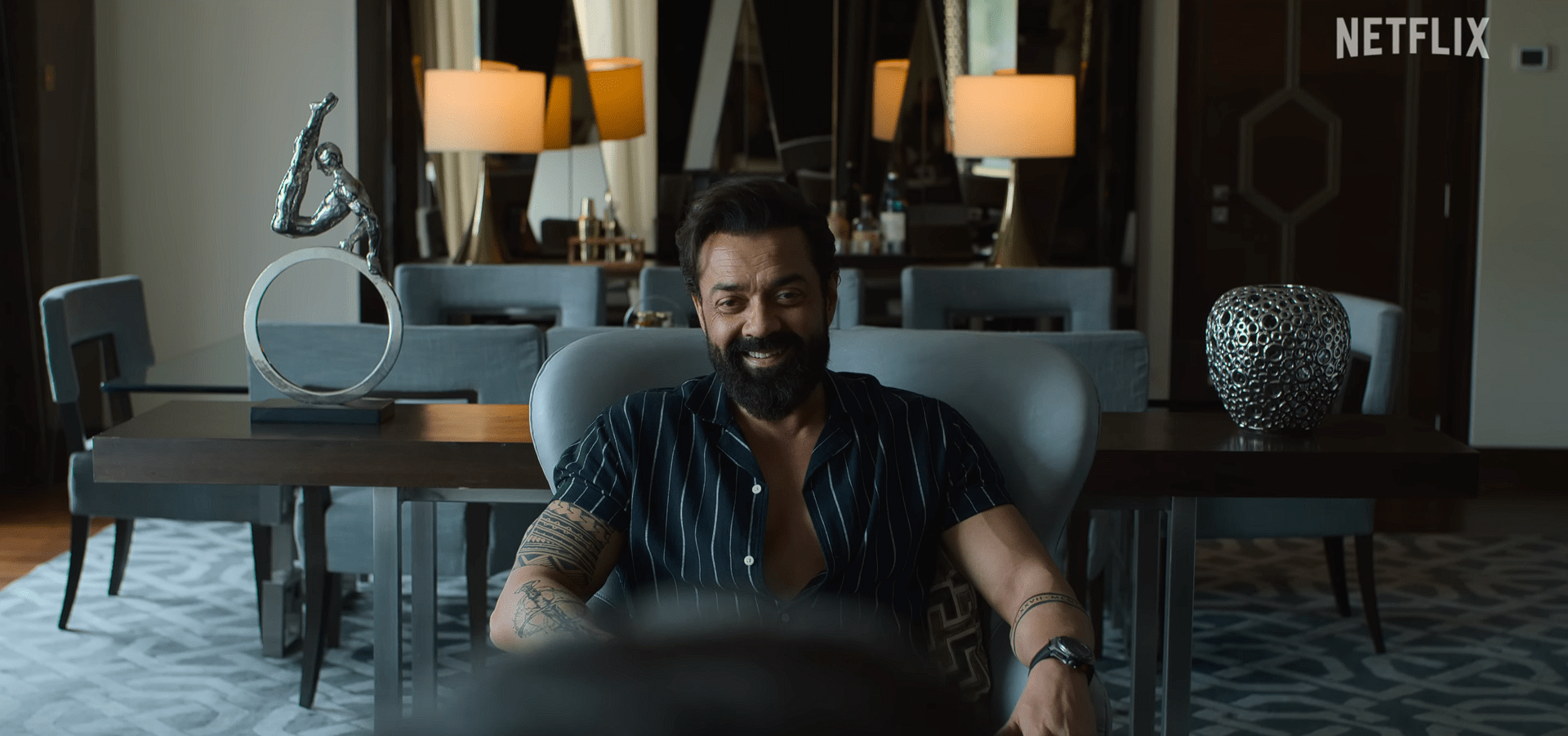
Viewers seeking coherent storytelling, emotional depth, or polished technical execution may find the series challenging to appreciate. Its flaws – poor ADR, inconsistent VFX, disjointed love-story portions, unrealistic set design, and chaotic climax – remain visible. Yet these shortcomings form part of the unpredictable, often amusing, identity of the series.
Ultimately, the series succeeds in standing apart from traditional Bollywood narratives. It reflects the industry’s contradictions, mirrors its absurdities, and mocks its stereotypes while participating in them. Whether one embraces or rejects it depends entirely on the viewer’s taste for disorderly, unconventional, self-aware storytelling.
